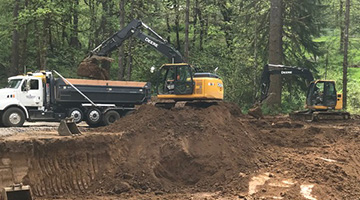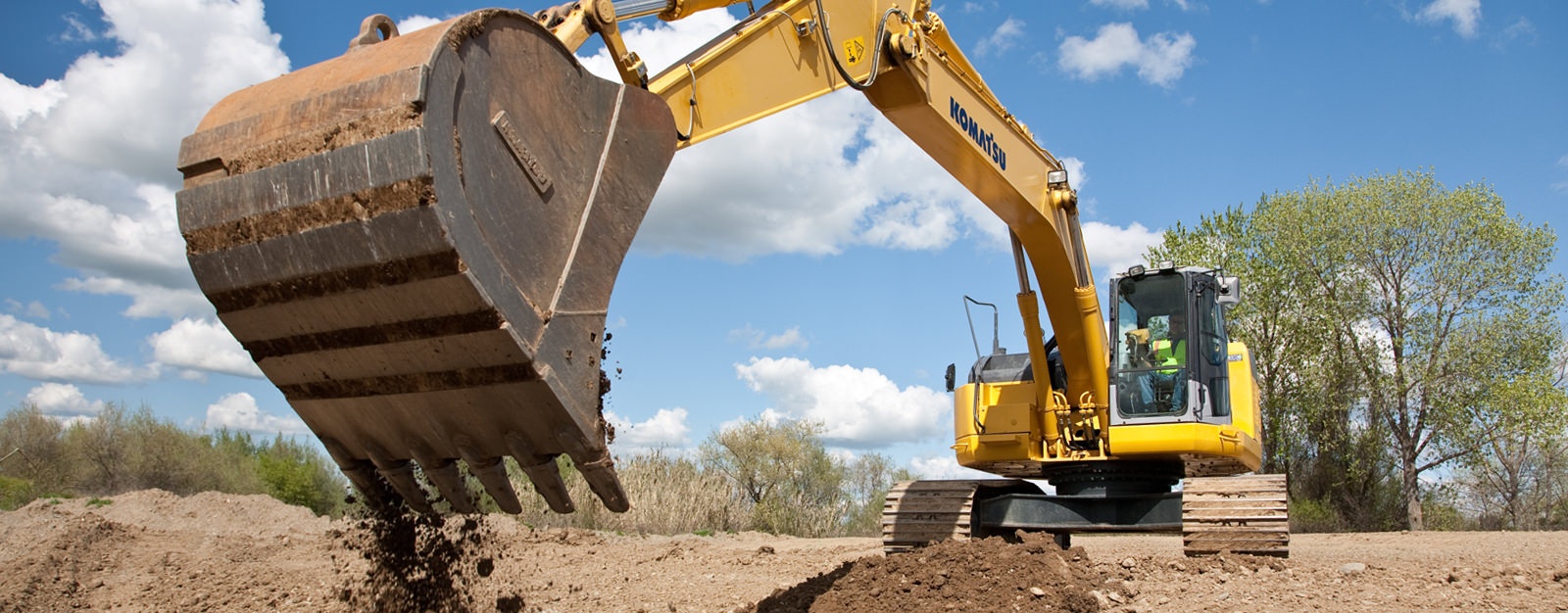Comprehensive Expedition: The Scientific Research Behind Superior Excavation Practices
From old hand devices to modern hydraulic excavators, the development of excavation strategies has actually been a testament to human resourcefulness and technical advancements. What truly sets premium excavation techniques apart is a deep understanding of geological concepts, combined with the application of cutting-edge tools and methodologies.
Advancement of Excavation Methods
Throughout history, the advancement of excavation strategies has played an essential function in progressing building practices and historical explorations. From the primary devices made use of by our ancestors to the sophisticated equipment employed in modern times, the development of excavation approaches has significantly changed how we approach different jobs.
In ancient times, hands-on labor with fundamental devices such as pickaxes, wheelbarrows, and shovels was the main approach of excavation. This labor-intensive process limited the depth and range of excavations, often causing slow-moving development and restricted accessibility to certain websites. As human beings advanced, so did the tools and techniques utilized for excavation.
The Industrial Transformation noted a turning factor in excavation practices with the intro of steam-powered equipment. In contemporary times, modern technology plays an essential role in excavation, with advancements like GPS systems, drones, and 3D scanning enhancing accuracy and efficiency in the area.
Role of Technology in Excavation

The integration of innovative innovation has essentially revolutionized the field of excavation, boosting accuracy and performance to extraordinary degrees - lancaster excavation. One of the vital technical improvements that has dramatically impacted excavation practices is the utilization of General practitioner systems.
Additionally, the arrival of 3D modeling and simulation software program has streamlined the preparation procedure for excavation tasks. Drivers and engineers can now envision the whole excavation procedure prior to breaking ground, maximizing and determining potential difficulties operations. Together with this, the implementation of drones in excavation tasks has actually helped with airborne studies, volumetric dimensions, and site evaluations with unmatched speed and accuracy.
Geological Principles in Excavation
An understanding of geological principles is necessary for guaranteeing the architectural stability and security of excavation sites. Geological factors play an important role in figuring out the usefulness and security of excavation tasks.
In addition, the geological framework of the location, consisting of mistakes, cracks, and rock developments, have to be carefully examined to identify possible dangers and difficulties. Excavating near geological fault or unpredictable rock formations can result in instability and potential dangers. By conducting extensive geological surveys and analysis, engineers and excavators can create approaches to reduce dangers and make sure the effective conclusion of excavation jobs. Ultimately, integrating geological principles into excavation practices is important for accomplishing risk-free, effective, and sustainable outcomes.

Most Current Devices for Excavation
In the world of excavation techniques, contemporary advancements in devices have revolutionized the effectiveness and accuracy of excavation procedures. One of the most current devices making waves in the industry is the use of drones geared up with sophisticated imaging modern technology. These drones can provide comprehensive aerial surveys of excavation websites, supplying real-time information on topography and potential hazards. This details help in much better preparation and decision-making throughout the excavation procedure.
One more cutting-edge tool gaining appeal is the implementation of 3D printing innovation for developing personalized excavation tools. This permits the manufacturing of specialized tools that are tailored to the specific demands of a job, increasing efficiency more information and minimizing downtime.
Additionally, developments in materials science have caused the growth of stronger and a lot more durable excavation tools. septic ohio. Tungsten carbide-tipped excavator add-ons, for instance, offer remarkable efficiency in challenging ground conditions, boosting performance on-site
Science's Effect on Excavation Practices

In addition, developments in materials science have actually caused the production of more powerful, much more resilient excavation tools and tools. The use of composite materials in shovels and miners has actually improved their performance and durability, ultimately boosting productivity on excavation sites. In addition, scientific research on dirt auto mechanics and geotechnical design has actually supplied useful understandings into soil behavior, allowing excavation professionals to make informed decisions relating to excavation methods and dirt stablizing strategies. Overall, science proceeds to drive development and renovation in excavation techniques, making excavation tasks more efficient, cost-efficient, and lasting.

Final Thought
To conclude, the evolution of excavation methods has actually been greatly affected by innovations in modern technology and a much deeper understanding of geological principles. The most up to date devices and devices utilized in excavation have actually boosted effectiveness and precision in the field. The application of scientific understanding has actually significantly enhanced excavation techniques, resulting useful source in much more efficient and lasting approaches for digging deep into different kinds of products.
In the realm of excavation methods, modern developments in tools have reinvented the efficiency and precision of excavation procedures. By leveraging clinical principles, the excavation market has actually been able to considerably boost effectiveness, about his accuracy, and safety in excavation processes. GPR permits excavation teams to non-invasively check and map subsurface structures, energies, and potential hazards, enabling them to prepare excavation projects with better accuracy and lowered risk of accidents.
Furthermore, scientific research on soil auto mechanics and geotechnical design has given useful understandings into soil habits, enabling excavation specialists to make enlightened decisions concerning excavation approaches and soil stablizing strategies. Overall, scientific research proceeds to drive innovation and renovation in excavation practices, making excavation jobs extra efficient, cost-effective, and lasting.